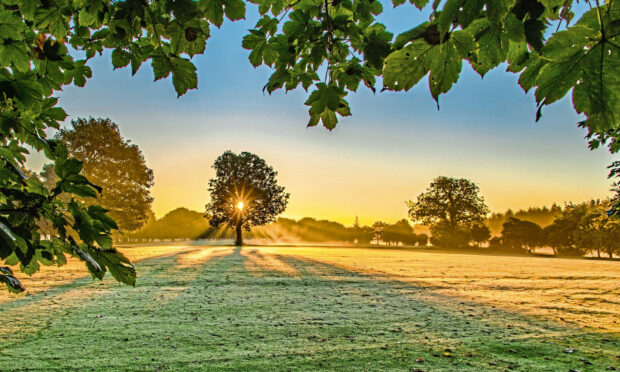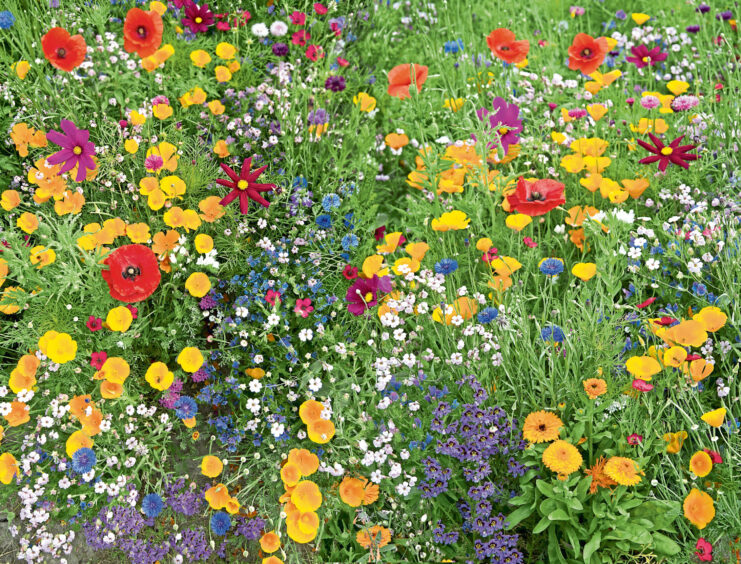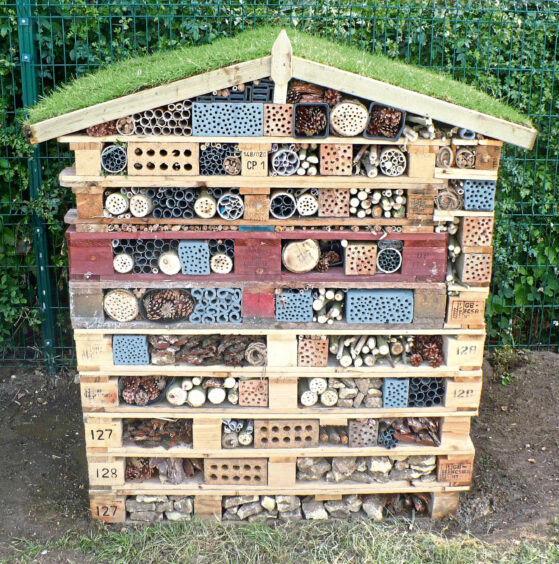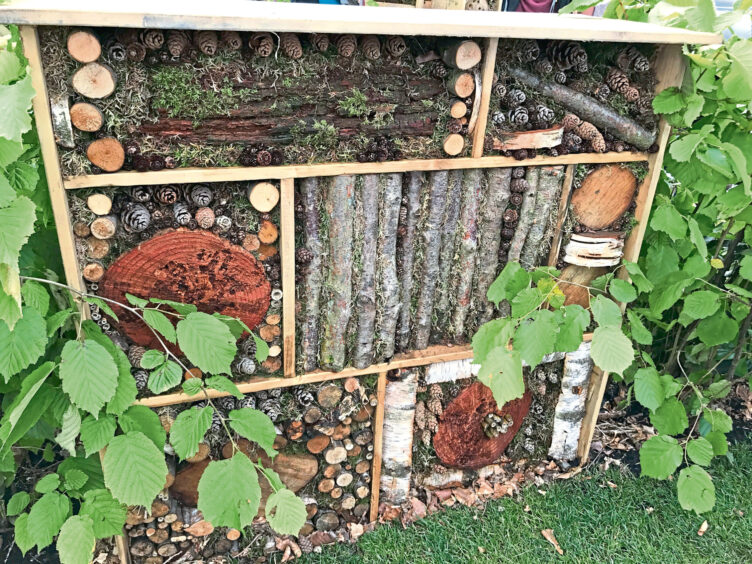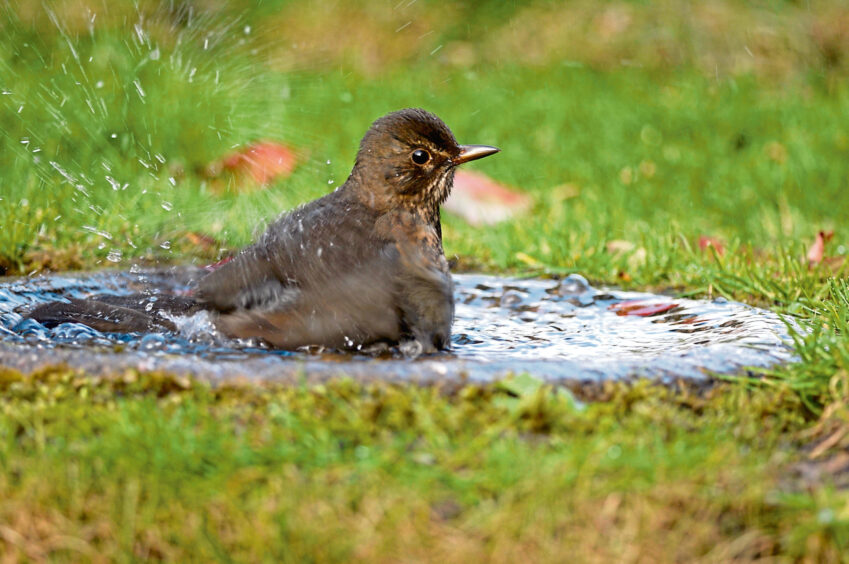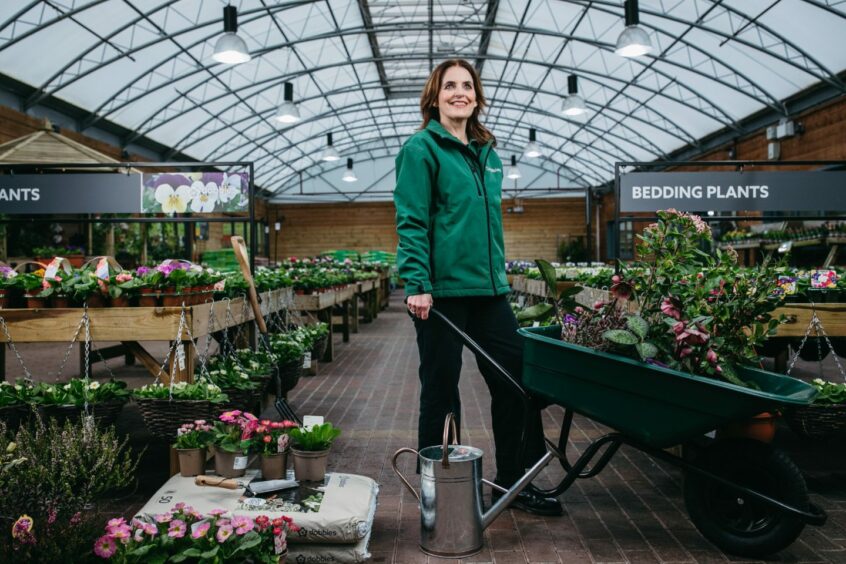Dundee ranks among the top four most wildlife-friendly cities in the UK, according to new data. Gayle Ritchie finds out more.
As our towns and cities continue to expand and encroach upon natural habitats, wild animals, bugs, birds and beasties increasingly rely upon safe havens in our gardens and among urban spaces.
So Scotland should be proud of itself because a new report reveals that its cities occupy three of the top five spots in a wildlife-friendly cities index.
While Edinburgh takes the top spot, Greater London is second on the list, Aberdeen is third, and Dundee is fourth. (The other places are taken by Stoke-on-Trent (5th), Telford (6th), Birmingham and Wolverhampton (7th), Newcastle (8th), Milton Keynes (9th) and Southend (10th).
The report states that while Dundee “has potential three times greater than some other UK urban areas for rewilding and becoming wildlife-friendly” that it also has the second highest percentage of woodland area of all UK cities – critical to supporting wildlife.
The research found that an impressive 10.5% of Dundee’s area is “functional green space”, nearly double that of other places in the UK.
The study, collated by bird food specialists Ark Wildlife, analysed the latest Defra data to calculate the amount of existing wildlife-friendly natural land area.
It also collated data on green space, which highlights the potential to develop rewilding projects within the boundaries of each urban area. The data looked at woodland, waterways and average garden size for the public to support wildlife.
Encouraging wildlife
David Noble, founder of Dundee garden design and landscape services Noble Landscapes, is greatly encouraged by the findings.
Asked how people in cities and urban environments can encourage wildlife into their green spaces, he says: “For those with a larger garden, letting an area grow into a wildflower meadow will encourage butterflies, bees and other wildlife.”
And he suggests not worrying about fully cutting such meadows back in autumn.
“Leaving some stems and litterfall can help feed and shelter wildlife over winter,” he says. “But if you don’t have a lot of space, try a wildflower planter instead. Even the tiniest gardens and balconies can welcome wildlife with a bird feeder or insect hotel.”
Mark Bowdler, horticultural manager at Dobbies’ Dundee store, isn’t surprised by the new data as wildlife-friendly flowers and seeds are popular with customers.
“Wildflower gardens have been really popular this spring and our customers in Dundee are looking at ways in which they can create a welcoming space for bumblebees, butterflies and other wildlife alike,” he says.
“You don’t need to have a big space to create a pollination haven in the garden, and we’d recommend allocating a corner of your garden to plant up a selection of suitable plants. Our favourites include lupins, foxgloves and lavender – all will attract the wildlife to your back garden. You can also grow wildflowers from seeds and we offer good value ranges for anyone wanting to take their first steps into wildlife-friendly gardening.”
Designing ‘natural gardens’
Dundee-based landscape and garden designer Robert Furmanek says designing “natural gardens” has become a dominant gardening trend.
“Creating natural gardens helps to prevent a decline in biodiversity, loss of natural habitats for animals, water shortages, and progressive environmental pollution,” he explains.
“Designing a naturalistic garden is based on imitating what nature itself has created.
“A natural garden is not only a plant community, but also a place of living for animals. Various plantings, creating hiding places and feeding bases, favour the presence of hedgehogs, frogs and toads, lizards, birds and squirrels. To make the garden pet-friendly, you can place bird booths and drinkers, hedgehog houses and insect hotels.”
Robert says it’s best to use natural decorations and materials such as stone, gravel, and wood and suggests avoiding “extravagant” ornaments, especially those made of plastic.
“A naturalistic garden can be decorated with magnificent boulders, boughs or tree trunks blended into vegetation,” he adds. “Choose furniture made of natural materials such as wood, sisal, bamboo. Water reservoirs should be in the form of ponds densely covered with vegetation.
“It’s worth planting honey plants such as lungwort or lupins, that attract beneficial insects as well as bushes and trees like rowanberry that provide food and shelter for birds. Birches, lindens, oaks, hornbeams, dogwood, bird cherry, viburnum, hawthorn, virginia creams and wild roses are recommended. Or in forest-like gardens, lilies and heathers work well.”
To reproduce fields and meadows, you can plant echinacea, St John’s wort, poppies, mullein, cornflowers, geraniums, goldenrod, sunflowers and cosmos, while plants considered weeds, such as dandelion and nettle, can also grow.
Robert adds: “Natural gardens give you the opportunity to get close to nature, and they’re easy to maintain.”
The new findings come as there are calls from urban planners for more to be done to make room for wild spaces, particularly in new-build developments which widen urban sprawl.
Gardens play a crucial role in supporting species in urban areas, offering a small oasis of greenery in built-up cities, particularly when natural spaces are in short supply.
Shocking gap
Founder of Ark Wildlife Sean McMenemy says while it’s great to see that many UK cities are helping wildlife to flourish, the gap between the “top” and “bottom” cities is “really quite shocking”.
“It just goes to show that there’s always more we can do,” he says.
“I hope studies like this can jolt urban planners into action, because there are so many critically endangered species that need help now. And even though there’s so much pressure to create new housing, rewilding and new housing can often go hand in hand. After all, people need green spaces too and easy access to nature is a huge selling point for housing.
“Of course, members of the public can help local animals by making their gardens as inviting as can be, whether that involves planting wildflowers or simply adding a birdbath.”
John Pemberton, conservation and education development manager at wildlife-friendly landscapers idverde.co.uk says: “It’s essential that wildlife has access to high quality habitat and corridors in our cities for both the benefit of nature and also human health and wellbeing.
“Considering the needs of wildlife and biodiversity in the early stages of all decision-making, and treating biodiversity as a genuine priority when making decisions about land use, management, development and care, can prevent ill-considered actions taking place.
“This can also ensure that the needs of wildlife are met rather than being treated as an after-thought or a ‘nice to have’.
“Many councils have declared climate and, or, ecological emergencies. This is one step in raising awareness, but the next is to ensure that this manifests into meaningful and positive action for nature.”
The full report can be found here.
BRIGHTEN UP GREEN SPACES
Dobbies is running an initiative to help brighten up green spaces and encourage wildlife.
This spring, its Dundee store will support a sustainable project through its Helping Your Community Grow initiative.
In recent months, community projects in Dundee and Angus were invited to nominate themselves for support and now a shortlist has been selected.
The winning project will receive advice, products and support from their local Dobbies team. Sustainable products, such as peat-free compost and recycled pots, will be used where possible.
Among the shortlisted projects are Baldragon Academy and Newtyle Nursery.
A spokesman said: “Baldragon Academy has a vision to teach students and the wider local community the process of growing their own at their school garden space.
“The school believes Dobbies’ support would facilitate this project and educate pupils on sustainable practices that can be implemented in the allotment.”
Newtyle Nursery in Angus hopes to use Dobbies’ initiative to encourage children to grow their own vegetables so they can enjoy the produce during snack time and learn about a “farm to fork” approach. In addition to the allotment, the nursery hopes to create a sensory garden, where little ones can touch and smell plants.
Dobbies’ CEO, Graeme Jenkins, said: “Helping Your Community Grow is a really popular initiative in Dundee and we’ve seen a great response from community groups and projects looking to make a difference to their local area. It’s been positive to see so many projects place importance on sustainability and environmentally-friendly products.
“Now the community voting gets under way and we’re looking forward to seeing which projects receive our support.”
In addition to the Dundee winner, the project which receives the most votes across the UK will win the national Helping Your Community Grow title, gaining additional support from Dobbies to deliver their project.
Voting is open until May 16. For more information on how to register your vote, visit: dobbies.com/helping-your-community-grow
